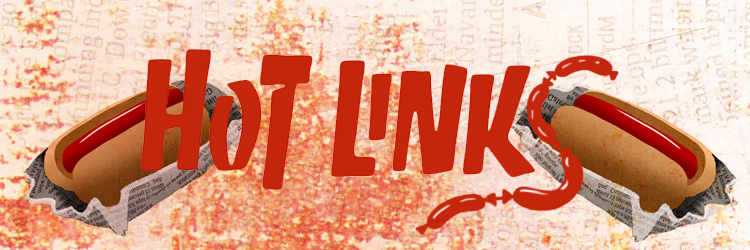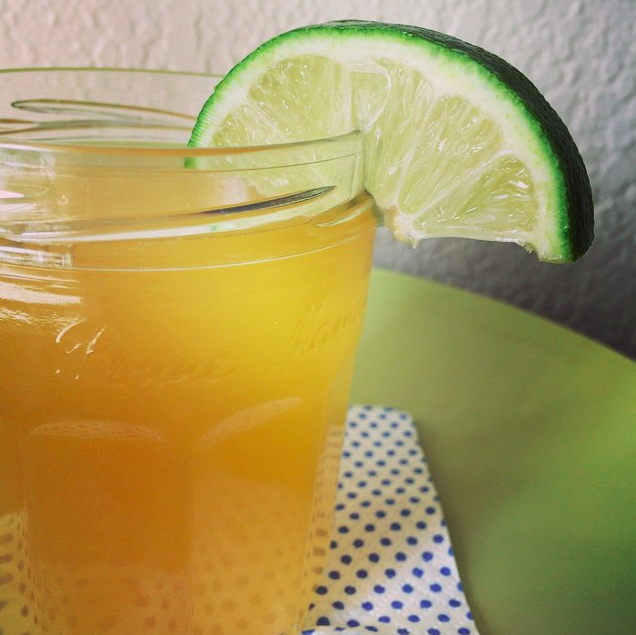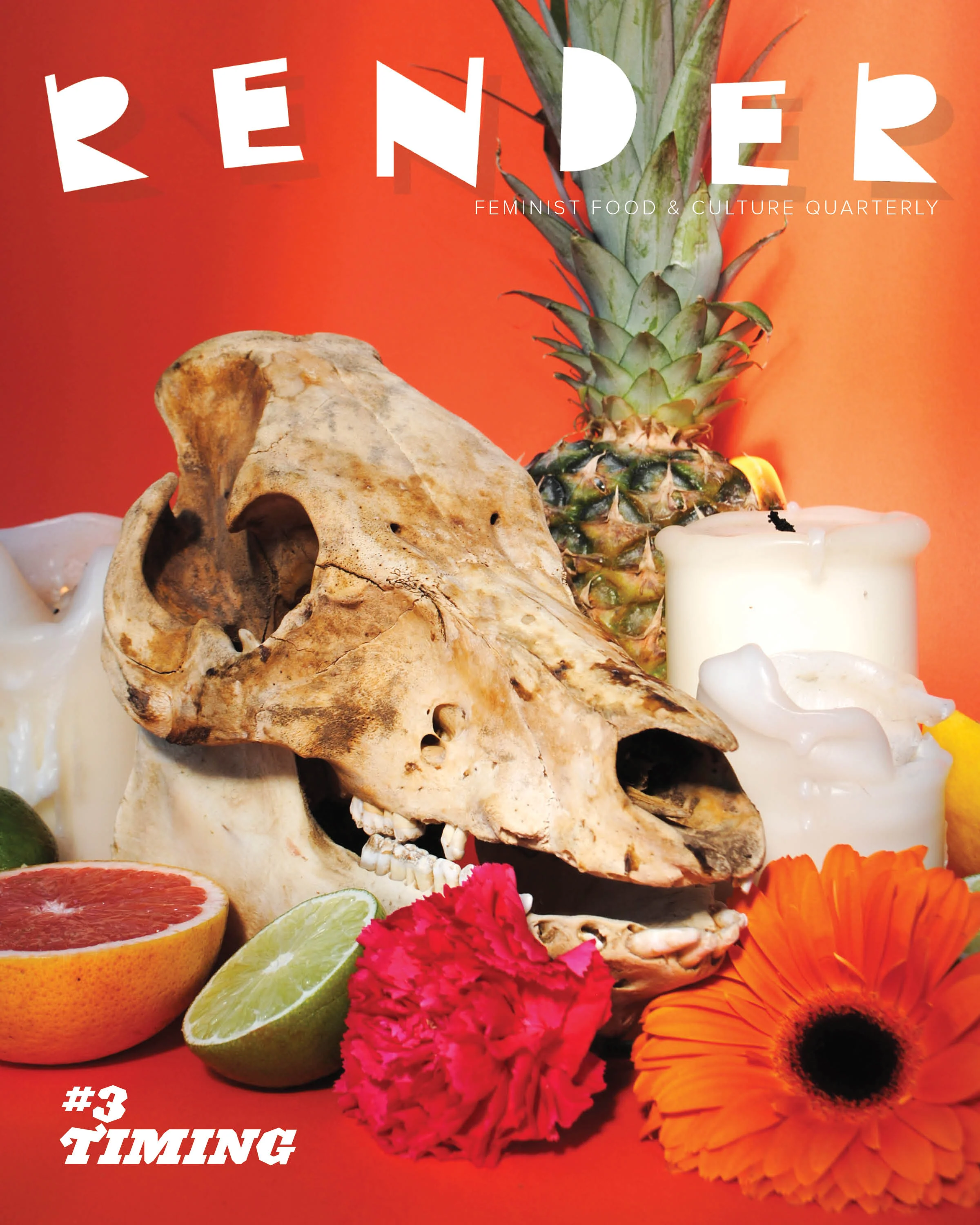Illustration by Cate Andrews.
Welcome to The Good Curd, where each month we’ll uncover and expound upon the myriad delights of cheese. Julia Ricciardi and Brett Bankson explore cultured cream in all its glory—creamy Brillat-Savarin, salty Pecorino, funky Maroilles, crumbly paneer, freshly made Burrata, or three years-aged Gouda. The forms and characteristics of cheese are as varied and intricate as the cuisines that utilize it and the folks who make it. (Did you know that women play a key role in cheese history in the U.S.A?) This series will explore women who make the stuff, as well as reviews, pairing suggestions, and tips for selecting the best cheese for any occasion.
Last month, I spent the afternoon at Briar Rose Creamery, a small-batch producer of award-winning cheeses and chocolate cheese truffles situated in the hills of wine county in Dundee, Oregon. I talked with Jim Hoffman, the proprietor and husband of Sarah Marcus, the cheese-maker at Briar Rose. Over samples of their chèvres, as well as some aged cheeses including their Freya’s Wheel and Lorelei, we talked about international cheese exploration, local food communities, and the daily struggles and delights of making cheese.
Brett Bankson: Most of your cheeses use goat milk. There are a lot of producers in the area using goat dairy as well; why is that?
Jim Hoffman: Before artisan cheese rose in popularity, a lot of the dairies around here had agreements with co-ops to account for their excess cow’s milk. In some cases around here – in some of the goat producers like with River’s Edge and Fraga [Farms Creamery] and Fern’s Edge – they got into it because they had goats and started milking and were like, "Holy cow, we have a lot of goat’s milk, what are we going to do with this?" So they learned the cheese-making craft as a means of preserving their product, because obviously milk isn’t shelf stable. That’s why cheese-making started in the first place, as a way of re-purposing milk. Then you can have a dairy product throughout the winter.
Jim Hoffman, briarrosecreamery.com
BB: What’s it like being surrounded by all these wineries and other creameries? What’s the community like with these other producers? I’ve only visited around here [Dundee, Newberg, etc.] a couple of times.
JH: Generally it’s really very collegial and friendly. The cheese producers in particular are friends of ours, as in we pretty much have a distribution group set up together called the Oregon Cheese Guild, of which I’m coincidentally the president this year. We’re a group of 18 cheese-maker members and we get together and have a couple of cheese events and festivals that we put on throughout the year. There’s The Wedge in the fall in Portland, and then down in Central Point by Rogue Creamery there’s the Oregon Cheese Festival in the spring, which has been around for 11 or 12 years now. All the cheese-makers from Oregon and some from out of the state come to the Oregon Cheese Festival—it’s an event we all look forward to. We do some cheese education days down at OSU, as well with some cheese experts and agricultural scientists, because a lot of the people we’re selling our cheese to nowadays require higher levels of food safety, so that way we can learn about possible red flags or anything in our practices. We have a French guy coming in later this year who’s going to talk about Alpine cheeses, which made Sarah [Marcus] very happy because she’s trying to do more alpine-style cheeses.
BB: So have you and Sarah done much traveling for the business or learning about the trade?
JH: Yeah, particularly in England. Before we got into this, we took a vacation to England, partly to just get away, but we were in Somerset where they have all these cheddar makers. It was at that point when Sarah was trying to get an internship over there, which we ended up pulling off during that trip. We went down to a goat, sheep, and cow milk producer down in Devon called Ticklemore. We stayed with them for a day, they offered Sarah an internship after that, and that was her second internship, the first one being down at Cowgirl Creamery.
Sarah Marcus, briarrosecreamery.com
BB: What was that like at Cowgirl?
JH: She liked it and it was a good experience; a lot of it was washing floors, turning cheeses, just getting into the mechanical stuff that was a part of the process. You’ve got to know if you can deal with that; if you want to be a cheese-maker, it’s not all romantic and dreamy. There’s a lot of hard, boring work.
BB: Right, it’s not all just cheese and wine.
JH: Yeah, exactly. Sarah loved Cowgirl and started off as a cheesemonger behind the counter, and that was how she learned about all the different types of cheese that were out there and that was her first step in 2005. She stayed in Devon for about 6 weeks and then worked at the Cheese School of San Francisco helping prepare cheese for them. She didn’t actually conduct any classes, but she was helping prep cheese and stuff for classes at that point.
BB: So what about you, were you making cheese at this point too?
JH: I was actually working for an Internet company down there, and I’m working for them again up here, remotely. Sarah had one more internship at Goat Lady Dairy outside of Greensboro, NC for three months. That was pretty much her trial by fire, because she got to do everything from milking the goats to bookkeeping and selling cheese at farmer’s markets. It was at that point that she was like, "This is my passion and what I want to do, let's go where I can make cheese," so we set off for Oregon. We liked Dundee because it’s so close to a food-centric city, but we didn’t have to be 300 miles away from anything. If we had tried to do it in California, we would have had to be in Humboldt County or something, 150-200 miles away from any large cities because Sonoma County was just blowing up and getting too expensive. We spent some time in McMinnville with some family of mine as a base of operations, and it turned out this is exactly where we wanted to be. The wine country has totally raised the bar of food awareness out here, and Portland’s got its own food thing going on, but there are just so many awesome restaurants right here in Dundee. There are 3,000 people and we’ve got about four awesome 4-star restaurants. The wineries love having something that complements their products. We’ll present cheese at their seller club events and several of the wineries buy our cheese to sell in their tasting rooms; sometimes we’ll even have them come pour wine right here. It’s a very symbiotic relationship, even more so now with breweries like Coalition in Portland—they’re awesome people, but you also don’t meet many jerks in the beer business.
Briar Rose Creamery, briarrosecreamery.com
BB: Yeah, I imagine they just want to make good beer and that goes right along with what you and Sarah are doing here. What work have you done with the breweries?
JH: There was a beer and cheese competition that was part of the Oregon Cheese Festival last year, and we entered with Coalition as our partner. We got 1st place for the People's Choice Award and 2nd for the Judge's. We used our original chèvre and they used their Double Dog Dare double IPA that was aged in whiskey barrels or something like that, and oh man, talk about your big, chewy, just really amazing tasting beer with the creaminess of the chèvre.
BB: I can imagine, with the freshness and fat content of the chèvre.
JH: Exactly, people were totally blown away because they didn’t imagine a fresh cheese and an IPA going together so well. When we were trying out the pairings, we must have done like nine or ten different cheeses and sat down with one of the brew masters at Coalition and just about compared every combination we could. Sarah and the brew master both really liked that combination, and I just said, "You know, you two are the ones with the big palates, so let’s run with it." The vanilla in the beer brought out even some toasty vanilla notes in the chèvre, so that was really exciting.
Chèvre cheese, briarrosecreamery.com
BB: So having moved around North Carolina, San Francisco, even England, how do you think the terroir of Dundee, of the Red Hills, has manifested in your cheeses?
JH: It definitely comes out just because no matter where you are, the locale is going to affect the flavors of the cheese. I imagine the microflora that are present in the milk are integral to the flavors, but that’s more of a question for Sarah who has the palate to detect the straw, the mineral, the fungal, all those interesting parts of the flavor profile and the terroir. Sarah will point stuff out and be like, "Yeah I can see that," but I can’t zero in on the flavor components with the same acuity as her.
BB: What you would do, what styles of cheese would you produce, if you had unlimited resources?
JH: We would probably add more aging facilities so we could do some blue cheeses. Right now, we’re just trying to get another draining table to increase how many batches of cheese we can do.
BB: Have you thought of doing any raw-milk cheeses?
JH: Maybe, but because we don’t produce the milk here on site, there are a lot more potential sources of contamination in the milk transfer process. We know that we clean everything well and we trust that they would do everything well, but things happen and insurance for raw milk is more expensive, which affects the bottom line. At the moment, we’re just sticking with pasteurized milk.
BB: What are you and Sarah most pleased with about your cheese or facilities?
JH: I think the results of our cheese and level of acceptance in creating our really good, unique cheeses are what we are most proud of.
BB: So how much of owning a creamery is problem shooting? I see all these pipes and tanks and switches; it just seems like something could go wrong anywhere.
JH: At least 75% of our time. Every week there’s something where we need to call the repair guy for, and making good consistent cheese means you just have to have done it enough to say, "This is causing this" and know who to call and when. A lot of cheese-making is doing things at the right time, saying these curds have the right acidity or consistency, and knowing what to do then. We’ve been down here salting wheels [of cheese] at 11 PM because that’s when we had to do that. We’ve gotten a lot more consistent because we have a formula that works with the materials we’ve been provided. I think it’s a lot of science, less romance, and a little magic. Sometimes accidents are fantastic—Sarah accidentally put a lot of rennet in a batch once and then we had 200 gallons of solid cheese that firmed up in 30 minutes, so we put it into molds and watched it and played with it, and then we had this new cheese.
Chocolate Chèvre cheese, briarrosecreamery.com
After chatting for a bit, we took a stroll around their facilities after washing hands and putting on cheese-room booties (and a beard net for me). Sarah and Jim built their facility from the ground-up after realizing that it would be more expensive retrofitting the existing building on the property than building a new structure. On-site they have a couple milk holding tanks, pasteurizer (heats 200 gallons of milk from 37 degrees to 145 degrees in 2 hours), draining tables, packaging equipment, and two aging rooms—affectionately named Thor and Heidi. Thor is the bigger of the two and is kept at 55 degrees, where the washed rinds and bloomy rind cheeses are initially aged. Heidi is smaller and kept at 37-45 degrees, and it's where the alpine cheeses are aged and the washed and bloomy rind cheeses are finished. I picked up some of their dark chocolate chèvre truffles (way better than cheesecake) and a wedge of the robiola-style stout-washed rind cheese, Lorelei. Sarah and Jim welcome visitors to their storefront on Fridays and Saturdays from 12:00 – 5:00 PM.









































